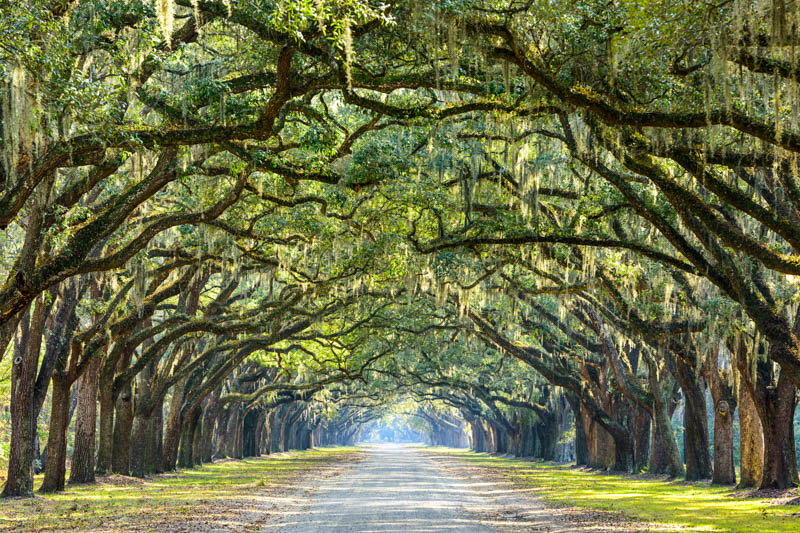Oak Tree Varieties: Discover the Diversity and Importance of Oaks
Oak trees are among the most beloved and revered trees worldwide, and they possess a multitude of fascinating characteristics:
Diverse Family: The oak family, genus Quercus, comprises over 600 species. Primarily native to the Northern Hemisphere, they occur in diverse habitats, from cool temperate to tropical latitudes in Asia and the Americas.
Longevity: Oaks are known for their longevity. Some species, like the White Oak (Quercus alba), can live for several hundred years. The oldest known oak tree is believed to be over 1,000 years old.
Symbolism: Oaks have been symbols of strength, endurance, and wisdom in many cultures. The oak tree is the national tree of many countries, including the USA, France, Germany, and England.
Ecological Importance: Oak trees support a complex ecosystem. Their acorns feed a wide variety of animals, including birds, bears, and deer. They also host numerous species of insects, providing a critical food source for birds and other wildlife.
Wood Uses: People highly value oak wood for its strength and durability, using it in everything from furniture and flooring to shipbuilding and wine barrels. Interestingly, the USS Constitution, an early American navy ship, earned the nickname ‘Old Ironsides’ due to the strength of its White Oak hull.
Cork Production: The Cork Oak (Quercus suber) is famous for its bark, which is harvested to make cork in wine bottles and other products. This bark regrows, allowing for sustainable harvesting.
Unique Varieties: The diversity among species is staggering. For example, the Willow Oak (Quercus phellos) has willow-like leaves, while the Bur Oak (Quercus macrocarpa) produces some of the largest acorns of any oak species.
Historical Use: Historically, people used oak galls, which wasp larvae cause, to make ink for important documents. In fact, they penned the U.S. Declaration of Independence with ink derived from these galls.
Acorn Coffee: During food shortages, acorns served as a coffee substitute. Once removed, tannins can make a surprisingly good alternative to coffee.
Habitat Architect: Oaks often form the cornerstone of a habitat. For example, the majestic Live Oak (Quercus virginiana) of the southern U.S. supports not just a variety of wildlife but also epiphytes such as Spanish moss, creating a quintessential Southern landscape.

